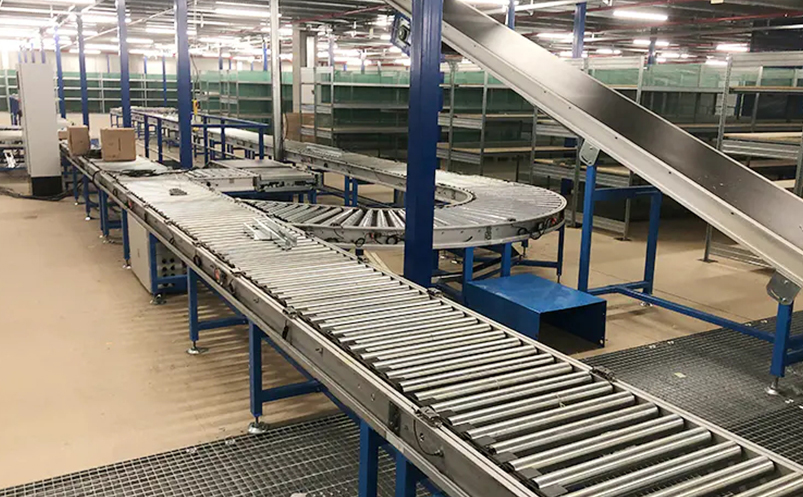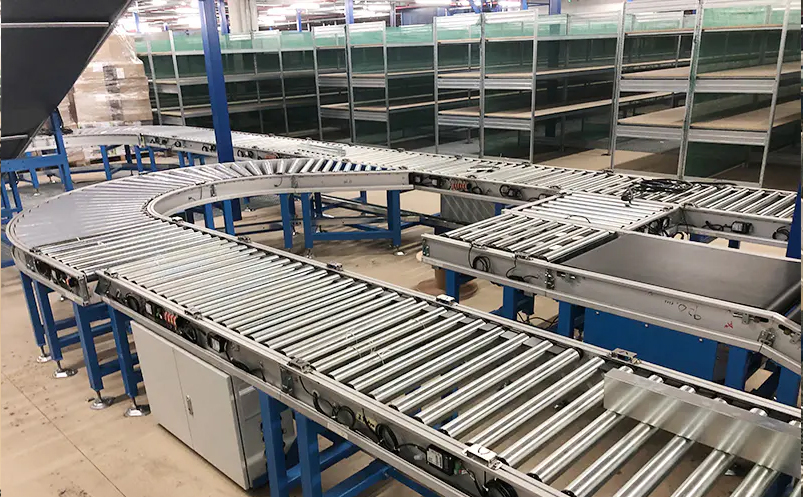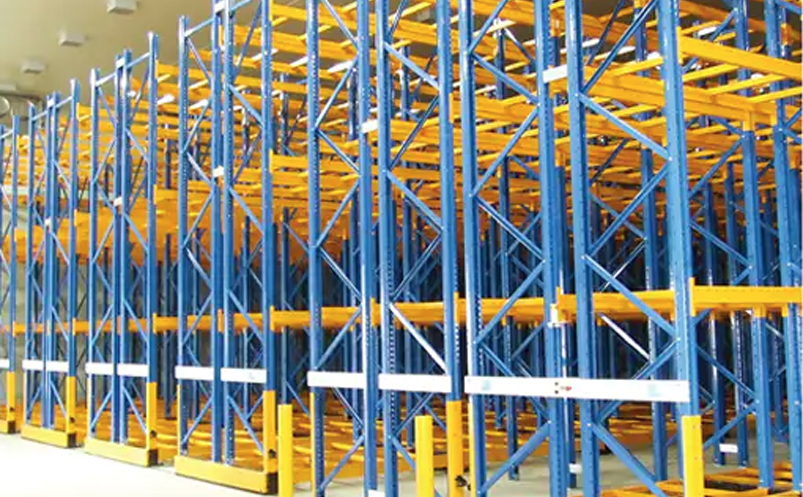Introduction to Belt Conveyor Systems
Belt conveyor remain the backbone of material handling across countless industries. These systems efficiently transport bulk materials and packaged goods with minimal human intervention. Understanding belt conveyor basics helps operations managers optimize workflow and reduce operational costs. Unlike manual transportation, conveyors provide consistent throughput while minimizing product damage and labor expenses.
Key Components and Working Principles
Every belt conveyor system consists of several fundamental components working in unison:
- Conveyor Belt: The flexible loop carrying materials (fabric, steel cord, or modular plastic)
- Pulleys: Drive pulley (powered) and tail pulley (tensioning)
- Idlers/Rollers: Support the belt and load (troughing, impact, return)
- Drive Unit: Motor and gearbox providing movement power
- Structure: Frame supporting all components
The conveyor belt operation principle is straightforward: the drive pulley rotates, creating friction that moves the belt. Material placed at the loading point travels along the belt path until discharged at the head pulley. Proper belt tension adjustment prevents slippage and ensures efficient power transmission.
Common Types of Belt Conveyors
Selecting the right configuration is critical for operational efficiency. Below are the most widely used designs:
| Type | Best For | Key Features | Typical Applications |
| Troughed Belt Conveyor | Bulk materials handling | Rollers form a trough shape to contain materials | Mining, agriculture, aggregate transport |
| Flat Belt Conveyor | Packaged goods & unit loads | Continuous flat surface for stable transport | Warehousing, manufacturing assembly lines |
| Incline/Decline Conveyor | Elevation changes | Cleated belts or high-friction surfaces | Loading docks, multi-level facilities |
| Portable Conveyor | Temporary or mobile operations | Wheels for mobility, adjustable height | Construction sites, truck loading |
| Curved Belt Conveyor | Direction changes in layouts | Specialized rollers for smooth turns | Food processing, distribution centers |
Critical Design Considerations
Proper engineering prevents operational headaches. Key factors include:
Material Characteristics
Analyze your material's abrasiveness, density, particle size, and moisture content. These determine belt selection criteria and required power. Sticky materials might require specialized belt coatings.
Capacity Requirements
Calculate both volume (cubic meters/hour) and weight (tons/hour) requirements. Undersized conveyors cause bottlenecks while oversized systems waste energy.
Environmental Conditions
Temperature extremes, moisture exposure, and dust levels impact component choices. For food grade conveyors, stainless steel construction and FDA-approved belts are mandatory.
Maintenance Best Practices
Preventive maintenance extends conveyor lifespan and prevents costly downtime:
- Belt Tracking Adjustment: Weekly checks prevent edge damage
- Center belt on idlers using snub rollers
- Check for material buildup on pulleys
- Idler Inspection: Monthly rotation checks
- Listen for grinding noises indicating bearing failure
- Replace seized rollers immediately
- Tension Control: Verify quarterly
- Proper deflection = 1-2% of span length
- Over-tensioning causes premature wear
- Cleaning Regimen: Prevent material carryback
- Install effective scrapers at discharge points
- Use belt-friendly cleaning solutions
Troubleshooting Common Problems
Address these frequent issues before they escalate:
- Belt Slippage: Increase tension, clean drive pulley, check lagging
- Material Spillage: Adjust loading chutes, install skirts, verify belt width
- Excessive Noise: Lubricate bearings, replace damaged idlers, check alignment
- Uneven Wear: Correct tracking issues, inspect frame levelness
- Belt Tears/Cuts: Remove sharp objects from material, install metal detectors
For persistent conveyor belt tracking problems, consult specialized alignment guides.
Safety First: Essential Protocols
Conveyors present serious hazards without proper precautions:
- Install emergency pull cords along entire length
- Guard all nip points and rotating components
- Implement lockout/tagout procedures during maintenance
- Use proper lifting techniques when handling heavy rollers
- Provide anti-runback devices on inclined systems
Regular conveyor safety training reduces accident risks significantly. Never allow loose clothing near moving parts.
Optimizing Energy Efficiency
Reduce operational costs through smart design choices:
- Select high-efficiency (IE3/IE4) motors
- Install variable frequency drives (VFDs) for partial loads
- Use low-rolling-resistance idlers
- Implement energy-saving belting materials
- Schedule operations to minimize start-stop cycles
A well-designed energy efficient conveyor can cut power consumption by 15-30%.
Future Trends in Conveyor Technology
Innovations transforming belt conveyor systems:
- Smart Monitoring: IoT sensors tracking vibration, temperature, and performance metrics
- Advanced Materials: Self-healing belts and graphene-coated components
- Modular Design: Plug-and-play components for rapid reconfiguration
- AI Integration: Predictive maintenance algorithms analyzing operational data
- Sustainable Solutions: Solar-powered conveyors and recyclable belt materials
Conclusion
Mastering belt conveyor fundamentals pays dividends in operational reliability and cost efficiency. From selecting the right configuration to implementing proactive maintenance, each decision impacts long-term performance. By understanding component functions, recognizing common issues early, and adhering to safety protocols, facilities can maximize conveyor lifespan while minimizing downtime. As material handling demands evolve, embracing technological advancements will keep conveyor systems at the forefront of industrial productivity.







